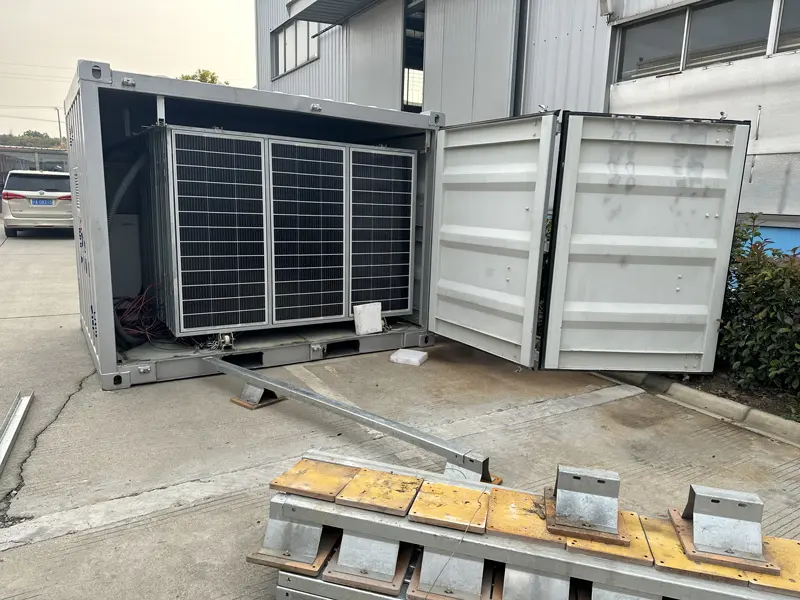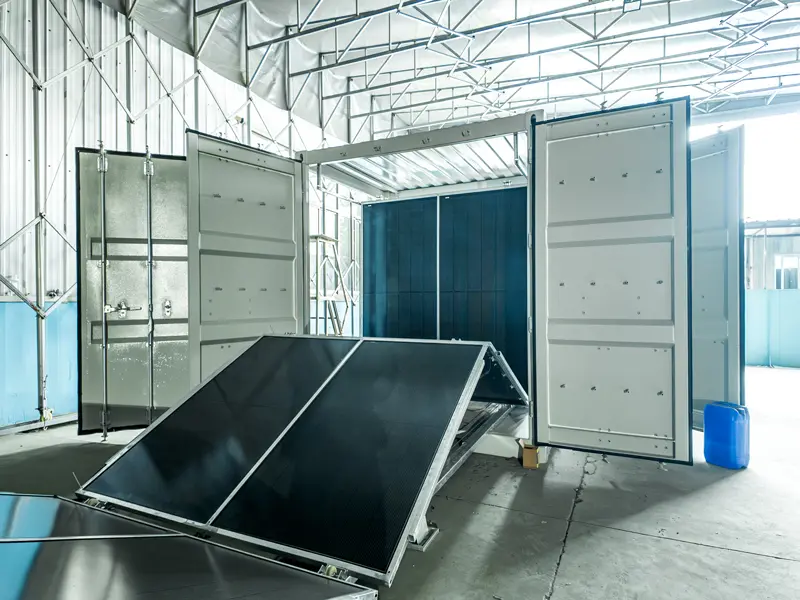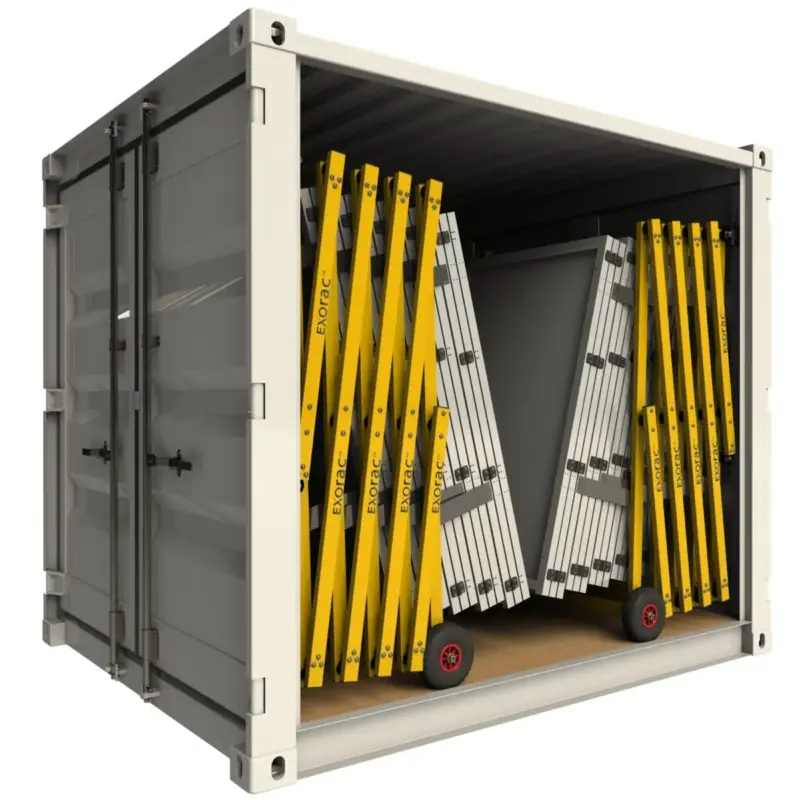As the need for decentralized, mobile, and clean energy increases, solar containers are emerging as a promising and scalable solution. But what use are solar containers in real-world energy conversions? Deployed for disaster relief or rural electrification, these containers are revolutionizing the way power is distributed where it's needed most—without the headache of traditional infrastructure.
Power in Transit:Central Functions of Solar Containers
Solar containers are essentially plug-and-play renewable power facilities built inside shipping containers. Their function can be defined into three core functions:
- Generating power through solar panels installed
- Storage of energy through installed lithium battery banks
- Transmission of electricity through inverters and control systems
Everything is pre-assembled, so it becomes simple to deploy in locations where technical staff are not present or time is critical. The question arises, can one solar container energize anything more than a couple of lights? In fact, based on its configuration, a single 20-foot container can keep powering clinics, telecom towers, or villages.
Where Solar Containers Are Deployed Today?
1. Off-Grid and Remote Areas
Solar containers are a good fit in poor-grid rural regions. These are installed by Africa GreenTec in Mali, for example, and now supply refrigeration, lighting, and internet connectivity to whole villages. The systems serve as microgrid anchors for modular growth.
2. Emergency and Disaster Response
In Puerto Rico, following the impact of Hurricane Maria in 2017, solar containers were in the middle of reviving essential functions. Organizations like Footprint Project provided mobile units to shelters and hospitals, substituting diesel generators with cleaner, less noisy energy. The quickness of response and reliability of solar containers were an energy resilience case study.
3. Military and Temporary Camps
Defense sites in California's Mojave Desert have started using solar containers to reduce fuel convoys and increase stealth. They are extremely appealing in tactical settings due to their mobility and low thermal profile.

How Solar Containers Are Redefining Energy Logistics
Solar containers' role is not just to generate electricity—they're also changing how we store and deliver energy in demanding environments.
Some of the key benefits include:
- Rapid deployment under 48 hours
- Low maintenance due to pre-integrated design
- Scalability through modular stacking or parallel units
- Remote monitoring through EMS (Energy Management Systems)
And with technologies like slide-out solar arrays and self-lifting hydraulic legs, deployment is no longer crane-dependent.
Thinking About Reliability and Autonomy
Do solar containers provide dependable power in rainy or cloudy regions? It is a matter of battery capacity and load profile, but properly designed systems now possess up to 72 hours of self-sufficiency. As an example, a hybrid solar-diesel container in Indonesia's Sumba Island provides energy to a community center that has workshops, computers, and refrigeration—regardless of monsoon season.

Industry Trends and Technical Evolution
Solar containers are being propelled forward by new innovations:
- LiFePO₄ batteries are replacing aging lead-acid units for better safety and lifecycle.
- Hybrid inverters now allow seamless transition between sun, grid, and generator power.
- Plug-and-play EV charging is being offered on some models, useful for remote logistics and mobile health facilities.
Solar containers with expandable arrays, reducing footprint and maximizing surface area, have even been designed by firms like LZYESS.
Solar containers are becoming a central component in the world's low-carbon, resilient energy shift. They are not just a method of electrification—there is mobility, autonomy, and access. To governments, NGOs, and companies looking for fast, scalable, and sustainable power, containerized solar systems are not just an option—generally, they are the solution.

